/* Jason Zhu
Section E
jlzhu@andrew.cmu.edu
Project-01L Self Portrait (Face)
*/
function setup() {
createCanvas(600, 600);
background(230, 180, 180);
}
function draw() {
noStroke()
//Background 2
fill(150, 100, 100);
rect(200, 200, 340, 340, 30, 30, 30, 30);
//Neck
fill(250, 220, 190);
rect(300, 430, 60, 250, 90, 90, 90, 90);
//Body
fill(180, 220, 200);
rect(300, 590, 350, 400, 90, 90, 0, 0);
//Shirt Collar
fill(250, 220, 190);
ellipse(300, 385, 60, 60, 90, 90, 90, 90);
//Arm Left
fill(190, 230, 205);
rect(150, 580, 80, 300, 45, 45, 20, 20);
//Arm Right
fill(190, 230, 205);
rect(450, 580, 80, 300, 45, 45, 20, 20);
//Body Fill
fill(150, 120, 220);
ellipse(300, 520, 85, 100, 90, 90, 0, 0);
//hair
fill(0, 10, 20);
ellipse(300, 220, 260, 260, 180, 180, 0, 0);
//face 1
fill(250, 220, 190);
rectMode(CENTER);
ellipse(300, 250, 250, 250, 90, 90, 0, 0);
//hair 2
fill(0, 10, 20);
rectMode(CENTER);
ellipse(300, 160, 220, 100, 180, 180, 0, 0);
//ear Left
fill(250, 220, 190);
strokeWeight(0)
ellipse(170, 270, 30, 50);
ellipse(168, 275, 25, 40);
//ear Right
fill(250, 220, 190);
strokeWeight(0)
ellipse(430, 270, 30, 50);
ellipse(432, 275, 25, 40);
//face 2
fill(250, 220, 190);
fill(10);
arc(254,260,40,40,0,PI,OPEN);
strokeWeight(0);
arc(348,260,40,40,0,PI,OPEN);
fill(255, 227, 215);
ellipse(255,260,10,10,0);
ellipse(350,260,10,10,0);
//Mouth
fill(255,161,119);
ellipse(300,330,40,30);
}
I think this assignment really opened my eyes. I thought this was an entertaining assignment that helped me better understand the forms and factors that made me, me. I really enjoyed experimenting and although I could not render every aspect of myself as I had wanted, it was still an informative and introspective experience overall.
![[OLD FALL 2018] 15-104 • Introduction to Computing for Creative Practice](https://courses.ideate.cmu.edu/15-104/f2018/wp-content/uploads/2020/08/stop-banner.png)

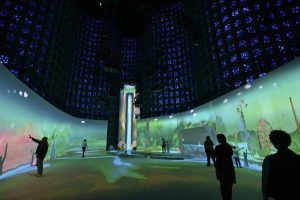

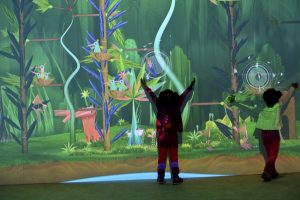
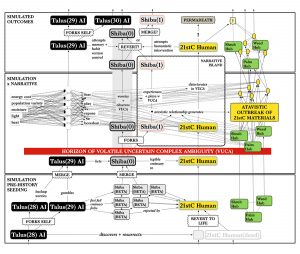
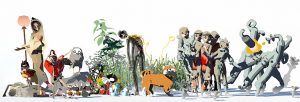
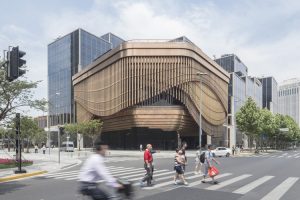
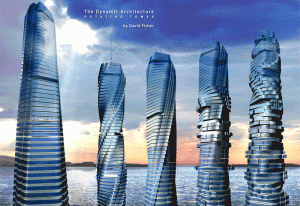 Dynamic Tower, Dubai
Dynamic Tower, Dubai